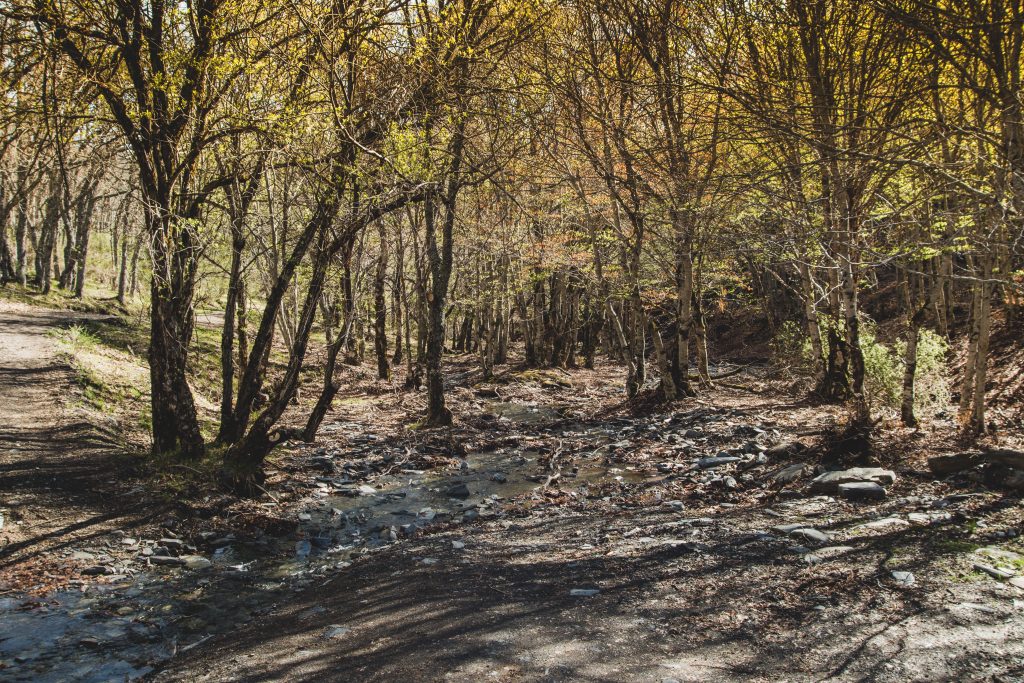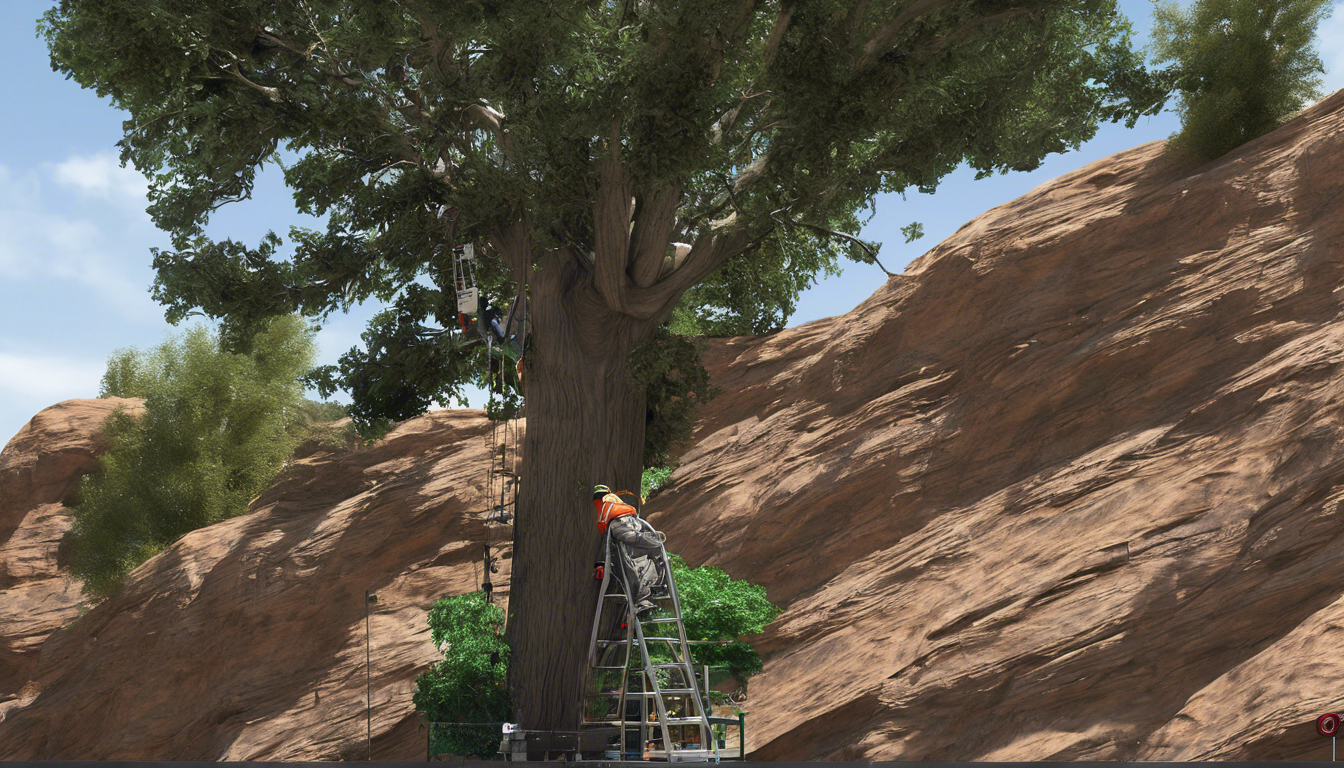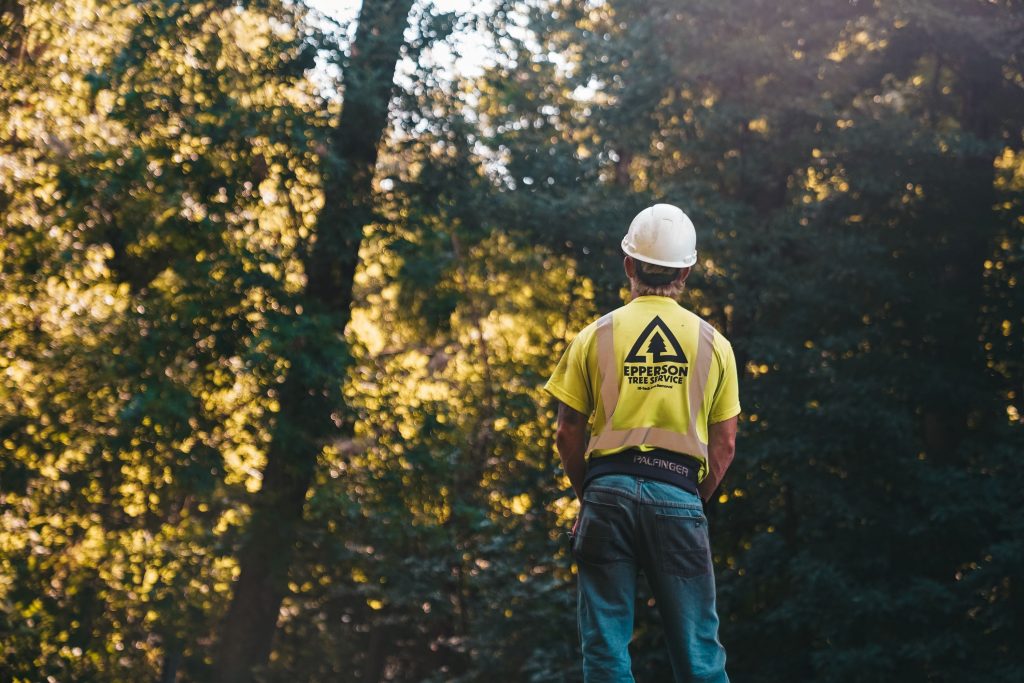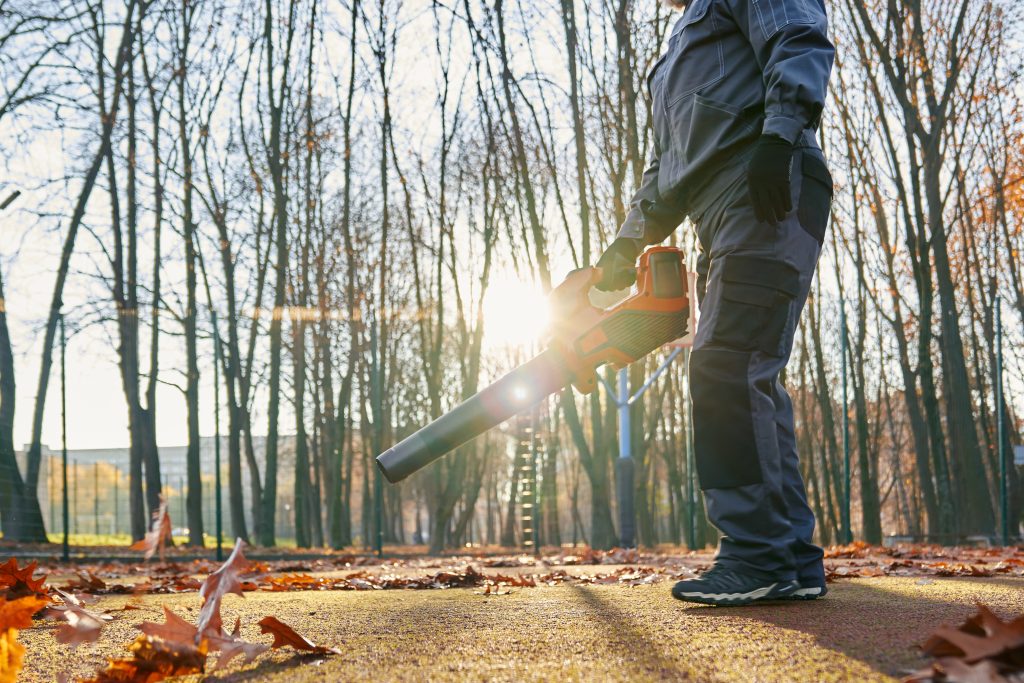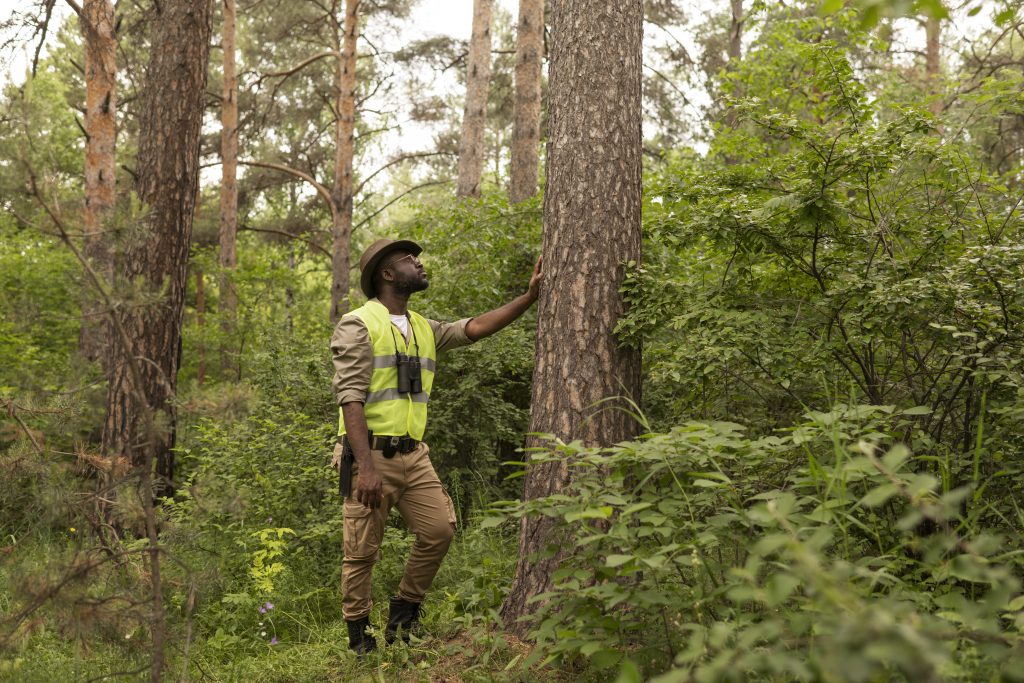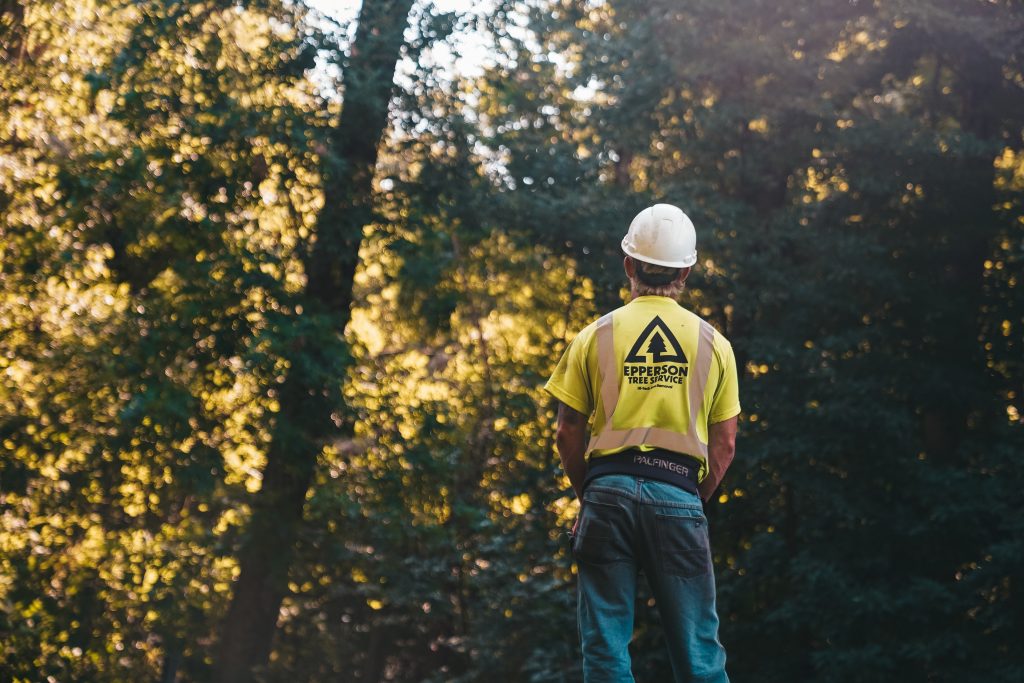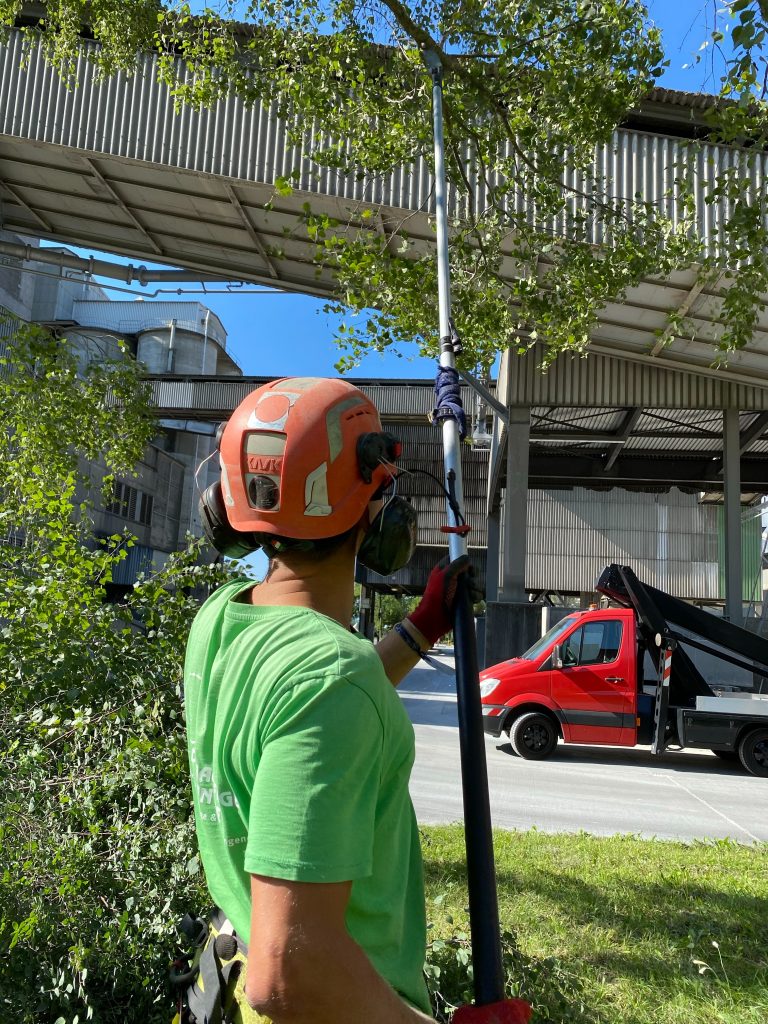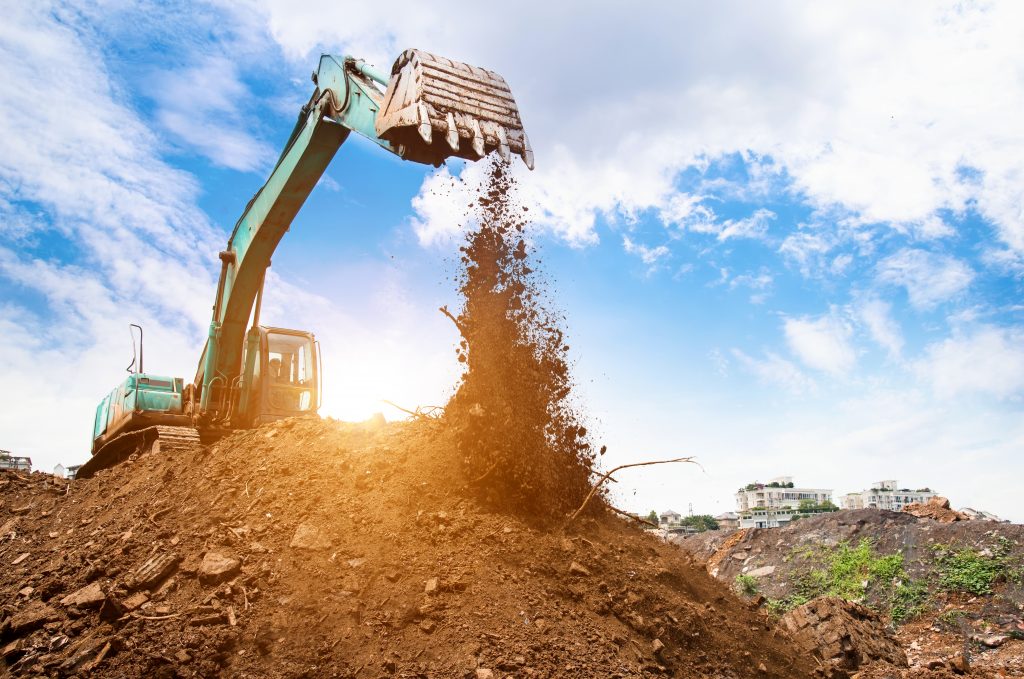Stump Removal (801) 466–8044

Name: Truco Services, Inc.
Address: 4640 Commerce Drive, Murray, UT 84107 USA
Phone: (801) 466–8044
Website: https://trucoservices.com
Facebook: https://www.facebook.com/TruCoServices/
Twitter: https://twitter.com/attyjeremyevlnd
Youtube: https://www.youtube.com/channel/UCIlpSGk3aKxr8qV6iYIsCYw
Map: https://maps.app.goo.gl/Cyhddr5ix3snqgPL8
Hours of Operation: Monday — Friday: 8:00am — 5:00pm; Saturday — Sunday: Closed
Categories: Landscaping Construction, Landcape Maintenance, Snow Removal, Lawn Care, Tree Removal, Tree Services, Commercial Installation, Pavers, Outdoor Kitchens, Sprinkler Systems, Permanent Holiday Lighting and more.
Effective Techniques for Stump Removal (801) 466–8044
When faced with the daunting task of tree stump removal, many people in the community turn to the trusted professionals at Stump Removal (801) 466–8044. Understanding the various techniques for removing stumps can help you decide the best method for your yard. Here are several effective approaches that can save you time and effort.
Mechanical Stump Removal
Using machinery is one of the most common methods for stump removal. The process typically involves a stump grinder, which is a powerful machine designed to grind down the stump and roots. Here’s how it works:
- Assessment: The area around the stump is assessed for any obstacles such as rocks or buried utilities.
- Grinding: The stump grinder is used to chip away at the stump gradually, turning it into wood chips.
- Cleanup: The wood chips can be used for mulch, or they can be removed from your property.
This method is efficient and minimizes time spent on stump removal compared to manual methods.
Chemical Stump Removal
If you’re looking for a more passive approach, chemical stump removal might be a suitable option. This method utilizes chemical solutions to accelerate the decay process of the stump. Follow these steps:
- Drill Holes: Use a drill to create holes in the stump, making sure to penetrate as deep as possible.
- Apply Chemicals: Pour a chemical stump remover into the holes. Salt and potassium nitrate are common choices.
- Watering: Water the stump to help the chemicals penetrate deeper.
- Wait: Give the chemicals time to break down the wood over several weeks or months.
This method requires patience but is an environmentally friendly option that doesn’t involve heavy machinery.
Manual Stump Removal
If you’re looking for a workout, you might consider manual stump removal. This method is labor-intensive but can be quite satisfying. Here’s a step-by-step guide:
- Tools Needed: You will need a shovel, an axe, and possibly a pick or saw.
- Excavation: Start by digging around the stump to expose the roots. Be sure to cut through any smaller roots as you go.
- Cut the Roots: Use the axe or saw to cut through larger roots. This makes it easier to remove the stump.
- Leverage: Utilize a lever or a pry bar to lift the stump out of the ground once it is free from roots.
While this method requires more physical labor, it’s a good way to exercise while completing your yard work.
Burning the Stump
If conditions allow, burning the stump can also serve as an effective removal technique. Here’s a simple outline of this process:
- Check Regulations: Verify local regulations regarding outdoor burning.
- Prepare: Drill holes into the stump and fill them with a flammable substance, like kerosene.
- Ignite: Safely light the stump and monitor it until it burns down completely.
Be cautious with this method to ensure safety throughout the process.
Preventing Future Stumps
To avoid dealing with stumps in the future, consider these preventative measures:
- Choose the Right Trees: Plant species that are less invasive and more suitable for your landscape.
- Cautious Pruning: When removing trees, ensure you prune correctly to minimize damage to surrounding trees.
- Regular Maintenance: Regularly inspect your yard and manage tree health to prevent unwanted removals.
By understanding these various techniques for stump removal, you can make informed decisions about your yard’s maintenance. For professional assistance and efficient service, contact Stump Removal (801) 466–8044. The expertise available will ensure your stump removal is handled with care, leaving your landscape looking its best.
The Benefits of Professional Stump Removal Services
When it comes to maintaining your property, stump removal is often an overlooked yet crucial task. If you have a stump lingering in your yard, you might not realize the benefits of removing it. Professional stump removal services are designed to help you reclaim your outdoor space while offering numerous advantages.
Enhancing Aesthetics
Removing a stump can dramatically improve the look of your yard. Stumps can be unattractive and detract from the overall beauty of your landscape. A clean, stump-free area allows for better landscaping options, making your yard more inviting.
Preventing Pest Infestations
Stumps can attract pests like termites, ants, and beetles, which may eventually invade your home. By getting rid of the stump, you’re helping to reduce the risk of these unwanted guests. Professional stump removal services ensure complete removal of the stump, reducing the likelihood of pest problems.
Avoiding Future Growth
Stumps can sometimes sprout new growths or suckers. These unwanted plants can spread throughout your yard and create additional work for you. By hiring professionals, you ensure that the entire root system is removed, which helps in preventing any future growth from that stump.
Safe Planting Opportunities
Are you considering planting new trees or flowers in your yard? A stump can hinder your plans and limit your choices. With stump removal, you can use that space for new plantings. The ground will be free from obstructions, allowing for proper growth and development of new plants.
Promoting Healthy Soil
Stumps can impact the quality of your soil. They can cause decay and alter the overall health of the soil surrounding them. By removing the stump, you allow for better aeration and drainage. This can lead to enriched soil, making it more suitable for planting various plants or grass.
- Increased Value of Your Property: A clean yard free of stumps can significantly enhance your property’s value. Potential buyers are often attracted to properties that are well-maintained.
- Improved Safety: Stumps can be a tripping hazard, especially in yards with children or older adults. Removing the stump eliminates this risk, making your yard safer.
- Professional Expertise: Professionals have the right tools and expertise to handle stump removal safely. They understand how to remove stumps without damaging your existing landscape.
- Time-Efficiency: The process of stump removal can be time-consuming, especially if you’re not familiar with the methods. Hiring a professional service saves you time and effort so you can focus on other home improvement tasks.
Environmental Benefits
Professional stump removal can also be good for the environment. When stumps are ground down and removed, they can be repurposed into mulch or used for composting. This not only reduces waste but also contributes positively to the ecosystem by returning organic materials to the soil.
Choosing the Right Service
When considering stump removal, it’s essential to choose a reputable service provider. Look for companies with positive reviews and substantial experience in stump removal. You can contact local services, create a list of potential providers, and request quotes to ensure you receive the best service possible.
If you’re facing the dilemma of what to do with that stubborn stump, think about the many benefits of professional stump removal services. Not only will you enhance your property’s aesthetic appeal, but you’ll also create a safer, healthier, and more manageable outdoor space.
Take the first step toward transforming your yard today. Call Stump Removal (801) 466–8044 and let the experts handle your stump-related concerns!
Common Mistakes to Avoid During DIY Stump Removal
Removing a tree stump may seem like a straightforward DIY project, but there are common mistakes that many people make. If you’re considering tackling stump removal on your own, it’s crucial to be aware of these pitfalls to ensure a successful outcome. A simple call to Stump Removal (801) 466–8044 can save you time and trouble, but if you’re determined to go the DIY route, read on for some essential tips.
One of the first mistakes is underestimating the size and type of the stump. Stumps can vary significantly in size and root depth, making some harder to remove than others. Before you begin, assess the situation carefully. Measure the diameter of the stump and consider how far the roots extend. If you find that the stump is larger or deeper than you expected, you might want to reconsider your approach.
Another common mistake is neglecting safety precautions. Always wear protective gear, including gloves, goggles, and sturdy footwear. Accidents can happen, and it’s better to be safe than sorry. Tools associated with stump removal can be dangerous, so having the right safety equipment will keep you secure while you work.
Using the wrong tools is a frequent issue among DIYers. Some may think that a simple shovel will do the job, but depending on the stump’s size, you may need specialized tools like a chainsaw, stump grinder, or a pickaxe. Ensure that you have the right equipment. Using improper tools can lead to ineffective removal and increase the time you spend on the task.
Improper planning can hinder your stump removal efforts. Before starting, create a strategy that includes:
- Identifying the tools you need
- Planning how you will dispose of the stump
- Scheduling your work time to allow for breaks
This level of preparation can help streamline the process and make it more efficient.
One mistake that could lead to frustration is attempting to rush the process. Stump removal can be time-consuming. It often requires digging and cutting away roots that have been growing for years. Allow yourself ample time to complete the job without hurrying. Working too quickly may lead to careless mistakes, injury, or inadequate stump removal that may require you to start over.
Many DIY enthusiasts forget the importance of checking local regulations before they begin. Some areas have strict guidelines about tree and stump removal. Research local ordinances, and if necessary, consult with your municipality before beginning the project. Ignoring these regulations can result in fines or required restoration work.
After you’ve removed the stump, many people fail to consider what to do with the hole that remains. Depending on your plans for the area, filling the hole with soil or mulch is essential to prevent accidents and maintain the aesthetics of your yard. Leaving the hole can create a hazard and ruin the look of your landscaping.
Moreover, don’t overlook the significance of post-removal care. Once the stump is out, you may need to treat the area to prevent pests and diseases. For instance, applying mulch or an organic treatment can deter unwanted insects and promote healthy soil. This proactive step fosters the long-term health of your landscape.
If the task becomes too much or you face unexpected challenges, don’t hesitate to get professional help. Calling Stump Removal (801) 466–8044 can provide you with expert solutions tailored to your specific needs. Professionals have the right equipment and knowledge to handle any stump removal efficiently and safely.
Being aware of these common mistakes can significantly improve your chances of successfully removing a stump on your own. Remember to assess the stump properly, ensure safety measures are in place, use the correct tools, plan your approach, and take your time during the project. With the right mindset and preparation, you can avoid these pitfalls and make your DIY stump removal a success.
Environmental Considerations in Stump Removal
When it comes to stump removal, many homeowners focus on aesthetics and safety; however, it’s equally important to consider the environmental impact of the process. A stump can become a breeding ground for pests and diseases, but removing it should be done responsibly. Here’s what you need to know about the various aspects of stump removal that affect our environment.
Understanding the Environmental Impact
Stump removal can have both positive and negative effects on the environment. Before proceeding with any stump removal method, it’s important to understand these implications:
- Soil Health: Stump grinding, a common method, can affect soil composition and health if not managed correctly. The ground-up material, known as mulch, can be beneficial, but excessive removal can expose soil to erosion.
- Wildlife Habitat: Stumps can provide habitat for various organisms. Removing them may disrupt the ecosystem, so consider the local wildlife before deciding on removal.
- Carbon Sequestration: Trees play a significant role in absorbing carbon dioxide. When a tree is removed, its stump also ceases to function as a carbon sink, impacting local carbon levels.
Choosing an Eco-Friendly Stump Removal Method
There are several methods for stump removal, but not all are created equal in terms of environmental friendliness. Here are some approaches that minimize negative impacts:
- Manual Removal: This method involves digging out the stump and roots by hand. It can be labor-intensive, but it helps preserve soil integrity and avoids pollution from machinery.
- Grinding: While stump grinding is efficient and quick, ensuring that the grinder is well-maintained will reduce emissions. Additionally, using the resulting mulch in your garden can promote healthy soil.
- Natural Decay: Allowing the stump to decay naturally is the least intrusive option. While it takes longer, this method supports the local ecosystem. You may enhance the process by adding nitrogen-rich materials to speed decomposition.
Considerations for Soil and Plant Life
After stump removal, it’s crucial to replant or restore the area properly to enhance soil health. Here’s how to do it effectively:
- Soil Assessment: Testing the soil following removal can help identify necessary amendments. This is particularly important if chemical treatments were used during the removal process.
- Choosing Native Plants: Selecting native plants that thrive in your area ensures resilience and reduces water usage and maintenance efforts.
- Mulching: Apply organic mulch around the planted area to conserve moisture, suppress weeds, and provide nutrients as it breaks down.
Emergency Measures
If pests or diseases are found in or around the stump, it’s essential to act swiftly to protect nearby trees and plants. Here’s what you can do:
- Inspect Surrounding Vegetation: Keep an eye on nearby plants for signs of infestation or disease to manage any spreading issues.
- Consult Professionals: If you notice severe infestations, contacting an arborist or stump removal expert can provide guidance on proper treatment and removal methods.
- Preventive Maintenance: Regularly check trees for signs of pests, ensuring early intervention and reducing the chances of needing removal in the future.
Community Engagement and Best Practices
Your choices in stump removal can influence broader community environmental health. Engaging neighbors and sharing practices can create a ripple effect. Here are some ideas:
- Education: Host community workshops to educate others about sustainable stump removal and tree care practices.
- Promote Local Services: Support businesses that prioritize eco-friendly methods and local sourcing of plants and materials.
- Collaborate on Projects: Consider community tree-planting events or habitat restoration projects that enhance local biodiversity.
By weighing environmental considerations in your stump removal process, you protect not only your property but also contribute positively to your community and ecosystem. Opt for methods that align with sustainable practices and encourage others to do the same, creating a healthier and greener environment for all.
How to Choose the Right Stump Removal Company
When you are ready to remove a stump from your yard, finding the right stump removal company is essential. A good company will not only do the job effectively but also ensure the safety of your property and its surroundings. Here’s how you can choose the right stump removal company.
Understand Your Needs
Before reaching out to any company, consider what you specifically need. Are you dealing with a single stump or multiple stumps? Do you want the stump ground down below the ground level, or are you also interested in removing the roots? Knowing your own requirements can help you communicate better and get accurate estimates.
Check for Certifications and Insurance
It’s crucial to hire a company that is both certified and insured. This protects you in case of any accidents or damages. A reputable company will demonstrate that they adhere to industry standards and safety protocols. Here’s what to look for:
- Licensing: Ensure they have the proper licenses to operate in your area.
- Insurance: Check if they have liability insurance to cover any damages.
- Certifications: Look for any certifications that show their expertise in stump removal.
Experience Matters
Experience is a significant factor when it comes to stump removal. You want a team that knows the ins and outs of the job. A company that has been around for several years is likely to have encountered various challenges and knows how to handle them effectively. Ask them how long they have been in business and about their experience with similar projects.
Read Reviews and Testimonials
One of the best ways to gauge a company’s reliability is by reading reviews and testimonials. Look for feedback on their website or third-party review platforms. Positive reviews from previous clients can provide insights into their professionalism, quality of work, and customer service. Pay attention to consistent praises or critiques, as these might indicate common strengths or weaknesses.
Get Multiple Quotes
Don’t settle for the first quote you receive. Contact several companies to get a range of estimates. A detailed quote should include:
- Cost of labor
- Equipment fees
- Estimated time for completion
- Any additional services offered
Comparing quoted prices helps ensure you get a fair deal. Remember, the lowest price isn’t always the best choice; consider the overall value you are getting.
Ask About Their Methods
Different companies use various methods for stump removal. Some use grinding machines, while others will pull stumps out with a truck. Ask about their equipment and techniques to ensure they are using safe and effective practices. It’s also a good idea to inquire about how they will handle the debris post-removal. Will they clean up the area afterward? Ensure you know what to expect.
Examine Their Customer Service
The customer service you receive can be a good indicator of what to expect during the job. It starts with your initial contact. Were they prompt in responding to your inquiries? Did they take the time to answer your questions? A company that values customer service is likely to take care of your needs throughout the entire process.
Gauge Their Availability
Timing is an essential consideration in stump removal. You may want the job done quickly, especially if it affects your landscaping. Ask about their availability and how soon they can start. Ensure that their timeline aligns with your expectations.
Trust Your Instincts
Trust your intuition. After gathering all the necessary information, think about your interactions with the company. Do you feel confident in their abilities? Feeling comfortable with a company can make a big difference in service quality and peace of mind during the stump removal process.
Finding the right stump removal company involves a combination of research, comparison, and trust. By following these tips, you’ll be better equipped to make an informed decision and find a company that meets your stump removal needs efficiently and safely. If you’re looking for a reputable service, consider reaching out to Stump Removal (801) 466–8044 for a consultation and professional service. They can assist you in smoothly transitioning your yard back to its best form.
Key Takeaway:
When considering stump removal, it’s essential to understand the various factors that can influence the process and outcome. This article provides key insights into effective techniques, the advantages of hiring professionals, common pitfalls in DIY efforts, environmental considerations, and tips for selecting the right service provider.
Firstly, effective techniques for stump removal emphasize the importance of strategies that not only eliminate the stump but also prepare the area for future landscaping. The methods range from grinding, which efficiently reduces the stump to below ground level, to chemical treatments that accelerate decay but require patience. Understanding these techniques is crucial for ensuring the stump is completely removed and doesn’t pose future risks.
One of the highlighted benefits of professional stump removal services is their expertise and equipment. Professionals like those at (801) 466–8044 bring specialized tools and years of experience, ensuring a more efficient and safer removal process. Hiring experts can save you time and effort, giving you peace of mind as they handle the strenuous task.
However, if you choose a DIY approach, it’s vital to be aware of common mistakes to avoid. Underestimating the size of the stump, neglecting to assess nearby utility lines, or using inadequate tools can lead to injuries or complications, making the process longer and more dangerous. Being informed about these pitfalls can save you from costly mistakes and frustration.
Additionally, environmental considerations are becoming increasingly important in stump removal. Professionals are more likely to adopt eco-friendly methods, minimizing damage to the surrounding landscape and maintaining ecological balance.
Choosing the right stump removal company is paramount. Factors to consider include experience, reviews, service offerings, and pricing. A comprehensive understanding of your options allows you to make a well-informed decision, ensuring the job is completed effectively and responsibly.
Whether you opt for DIY or professional help, taking into account these key aspects will lead to a successful stump removal experience, ensuring your property remains safe and aesthetically pleasing.
Conclusion
Successfully removing a stump is crucial for maintaining the beauty and health of your landscape. Utilizing effective techniques for stump removal, such as grinding or chemical treatments, can make the task more manageable. However, hiring professional stump removal services like the experienced team at (801) 466–8044 ensures not only efficiency but also safety. Professionals bring knowledge, specialized tools, and the ability to tackle complex root systems that may pose challenges for DIY enthusiasts.
While taking a DIY approach to stump removal might save money, avoiding common mistakes is key to a successful outcome. Misjudging the process can lead to wasted effort or even property damage. It’s essential to weigh the benefits of professional skills against these potential pitfalls. Additionally, being environmentally conscious during stump removal can contribute to the overall health of your landscape. Techniques that preserve soil and surrounding plants should be prioritized.
Choosing the right stump removal company can greatly enhance your experience. Look for providers with strong reputations, relevant experience, and customer testimonials. Engaging a dedicated team ensures you receive personalized service tailored to your specific needs.
By thoughtfully considering the best methods, professional services, and environmentally-friendly practices, you can navigate the stump removal process smoothly. Whether you decide to go the DIY route or enlist professional help, taking these factors into account will lead to a more successful and beneficial outcome for your property.
If you need a tree service in Utah, you can call:
Truco Services, Inc.
4640 Commerce Drive
Murray, Utah 84107
(801) 466–8044
https://truetreeservices.com/
